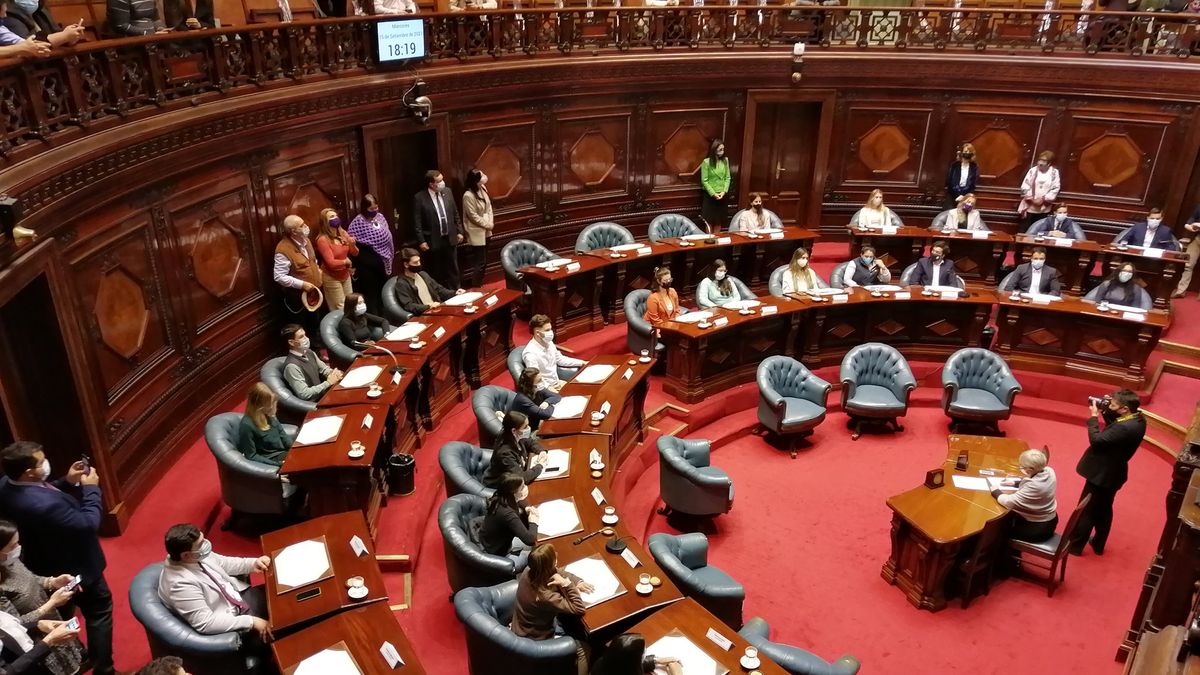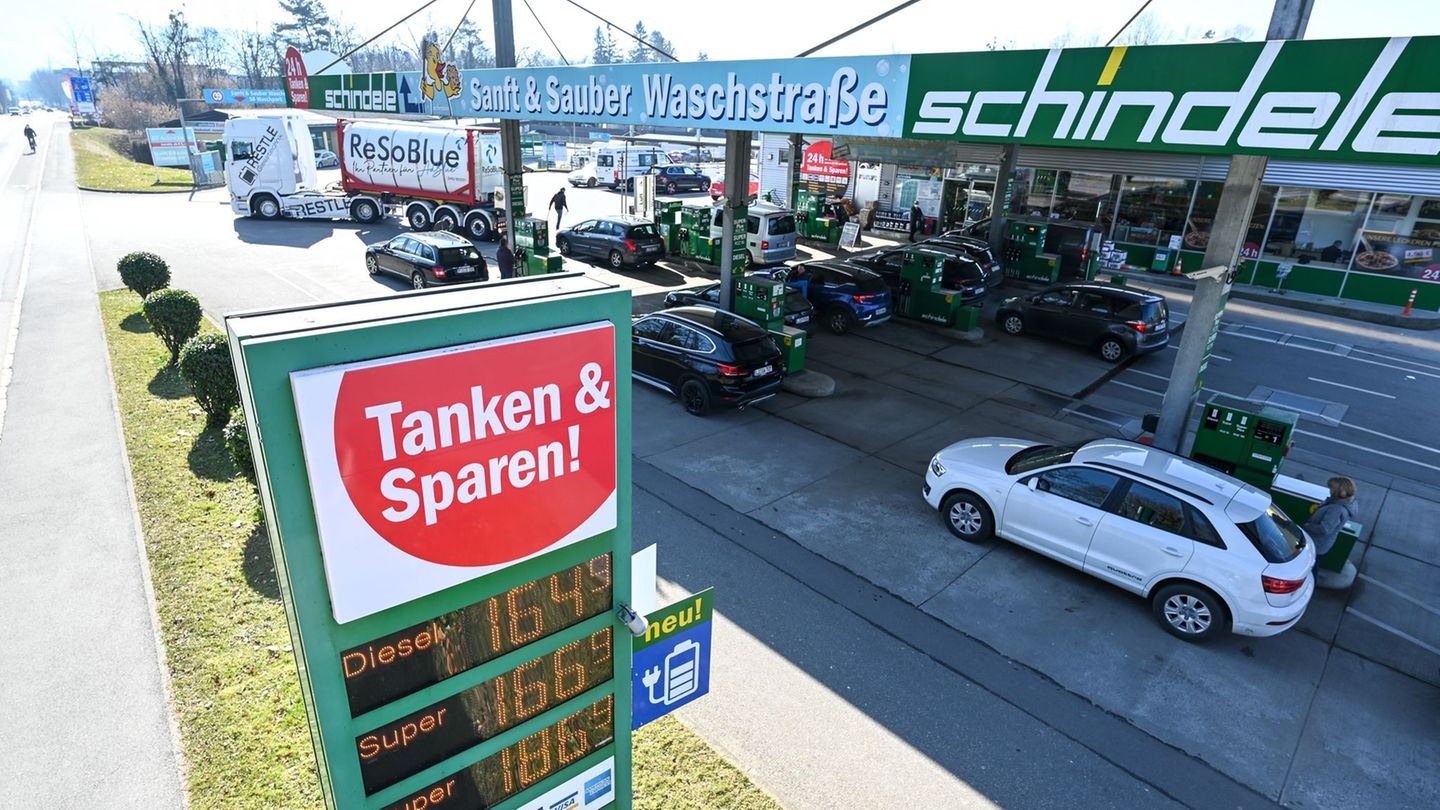“The percentage of products with increases within the basket was 22%, this being the eighth week with values above 20%. The average ratio of the last four weeks remains at 25%, which means that all the products in the basket would have registered a price increase in a month”, added the report.
During the last four weeks, the “Vegetables” led the increases (with a rise of 11.9%), followed by “products of bread, cereals and pasta” (9.7%). The “meats”, meanwhile, were the ones that grew the least in the period: 3.1%.
The increase in food adds pressure to the CPI. In fact, according to Eco Go estimates, the data of August inflation would be at 6.7%. In the projection, the firm also highlights the rises in Health, Transport and communications and Recreation. “Regulated products boosted the general indicator for the month with increases in prepaid (11.34%), schools in PBA (9%), train and bus fares in AMBA (40%), fuels (8.5% average) and expenses (between 6% and 10%), among others”, they remarked.
For its part, according to the latest IPC GBA survey carried out by Ecolatinaa variation of 6.2% for this month, due to “a greater exchange rate slippage, together with the inertia and the specific impacts of the 40% increase in buses and trains in the AMBA and the round of price updates planned in prepaid (+11.3%) and expenses (+8% on average)”.
The impact of the gap on inflation
inflation-prices.jpg
They warn about the impact that the exchange rate gap can have on inflation
NA
Beyond the rises of the foods and the different planned increases, with a view to the coming months the exchange rate gap could impact inflation. This was revealed by a report by the consultant Analytics, in which he highlighted that in the “Massa agenda” the final goal is to reduce inflation. For this, he pointed out, “it is critical that the exchange rate gap be reduced.” “Consolidating on a 100% plateau, as seen since his inauguration, is an impossible mission. No sustainable fiscal or monetary consolidation, let alone a drop in inflation, can occur in this scenario.” the firm noted.
The risks, he details, are clear. “On the one hand, With these gap levels, the conditions for a new inflationary rebound are incubating, since the prices of goods continue to lag behind the evolution of the stock market dollar. On the other hand, if the perception of a change in political sign grows by the end of 2023, the probabilities of an exchange rate unification (with devaluation included) increase and thus, these price adjustment dynamics could be anticipated to the evolution of the financial dollars of the coming months”, they remarked from Analytica.
In this scenario, from the consultancy they analyzed if companies already incorporate -or not- the stock market dollar in their cost structures, anticipating a possible devaluation. The conclusion, they say, is that they do, “but not massively yet.
“On the side of non-regulated services, since mid-2021 rose above the variation of the official dollar. The boost was greatly influenced by the ‘restaurants and hotels’ category, from the post-pandemic opening. Meanwhile, regulated services naturally adjust below, given the tariff delay”, they analyzed.
“The sectoral dynamic reveals an important heterogeneity in the price adjustment dynamics. 57% of the goods and services of the consumer price index (CPI) follow the variation of the official exchange rate and North American inflation, mainly because this is what food and non-alcoholic beverage producers do, which represent 27%. of the total. The category of household equipment responds in the same way, including appliances, non-durable goods and domestic service with a majority weight, ”said the report.
“While, the clothing, textiles and footwear sector, whose share of the consumer basket is 9.9%, follow the variations of the financial dollars. Something similar happens with the automotive sector and fuel producers”, he concluded.
Source: Ambito
David William is a talented author who has made a name for himself in the world of writing. He is a professional author who writes on a wide range of topics, from general interest to opinion news. David is currently working as a writer at 24 hours worlds where he brings his unique perspective and in-depth research to his articles, making them both informative and engaging.




